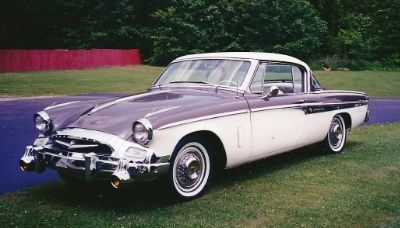My engine is a fulflo 289 and has the problem with high oil pressure that I posted before.I have done everything that was advised on the forum to no avail.
I was telling another person about this and he wondered if the partial flo oil flo cam bearings were installed and thought that would raise the oil pressure.
I wondered if anybody else thinks that could cause the problem.It will peg the oil pressure gauge at 100 lbs.at 2000 to 2500 RPM.I bought this truck with the engine already rebuilt but by an older man who has died and I can't ask him.Do the fulflo cam bearings have more holes than the partial flo.Thanks for any help that you can give me.Don Borger
I was telling another person about this and he wondered if the partial flo oil flo cam bearings were installed and thought that would raise the oil pressure.
I wondered if anybody else thinks that could cause the problem.It will peg the oil pressure gauge at 100 lbs.at 2000 to 2500 RPM.I bought this truck with the engine already rebuilt but by an older man who has died and I can't ask him.Do the fulflo cam bearings have more holes than the partial flo.Thanks for any help that you can give me.Don Borger





Comment